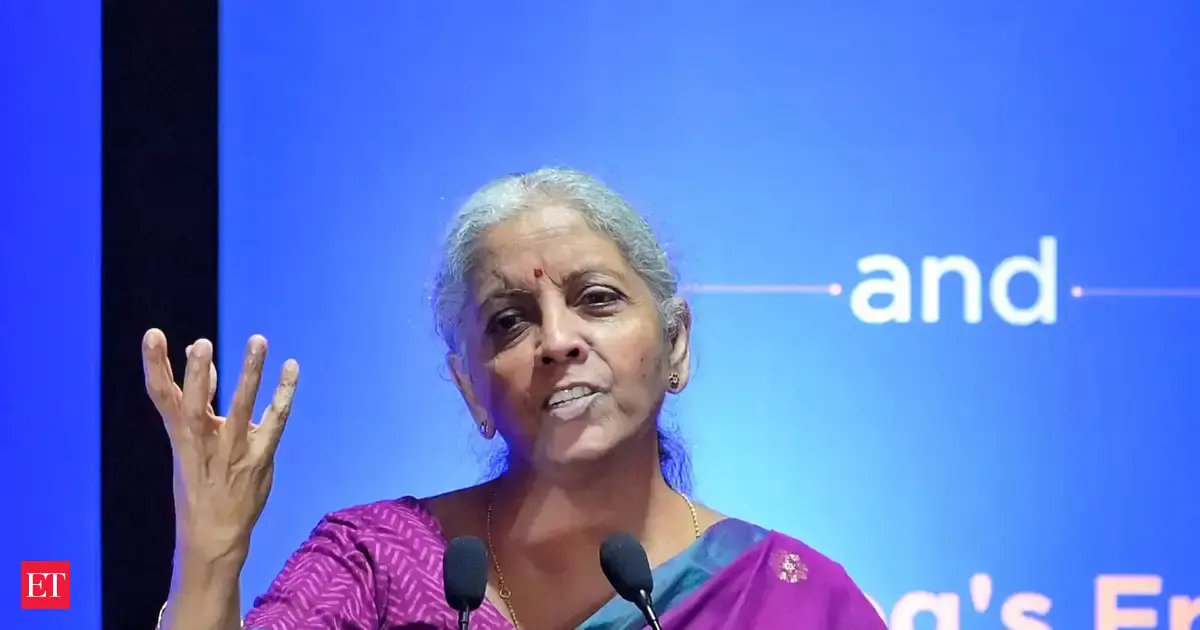By Allison Schaefers
Copyright staradvertiser

The Hawai‘i Tourism Conference will return to the Hawai‘i Convention Center Monday with a renewed focus on regenerative tourism, destination stewardship planning and diversifying tourism, a key economic driver for Hawaii.
The two-day event is expected to draw hundreds of attendees who are interested in tourism management, from marketing and branding to destination stewardship and industry trends such as artificial intelligence.
Attendees represent a cross section of Hawaii’s visitor industry and community members, nonprofits and cultural practitioners.
This year’s conference theme, “Pupukahi I Holomua — Unite to Move Forward,” recognizes that Hawaii tourism is undergoing challenges amid a major leadership pivot. The conference comes on the heels of the passage of Senate Bill 1571, which became Act 132 upon Gov. Josh Green’s signature and significantly changed the governance model for HTA for the first time since it was created by the Legislature in 1998.
Green, who is giving the conference’s opening address, and James Kunane Tokioka, state Department of Business, Economic Development and Tourism director, have broader oversight of HTA under Act 132, which downgraded the HTA board from a policy-setting role to an advisory role.
Green asked for courtesy resignations in June from the entire 12-member board to address long-standing concerns over governance and alignment with state priorities.
The new HTA advisory board — composed of eight new members and four returning ones — met for the first time last month. Prior board members James McCully, Kimberly Agas, Chris West and Lisa Paulson were asked to serve on the new advisory board. New appointees include Troy Lazaro, Leah Belmonte, Mericia Elmore, Terry Fischer, Linda Wong, Joel Guy, Danny Ojiri and Lanai Tabura.
Tokioka said he and Green have added two new HTA advisory board committees — sports and film — as part of their push to diversify tourism. Each has been given new $500,000 HTA budget allocations.
He added that culinary tourism is another strong focus, although it was not part of HTA’s new budget allocations.
“Sports tourism pays,” Tokioka explained, as evidenced by the JAL Honolulu Marathon in December, which HTA invested $200,000 in this year and is expected to attract more than 10,000 Japanese visitors.
He said DBEDT and HTA are focused on bringing more sporting events to Hawaii that draw visitors, including volleyball tournaments, and that HTA is in talks with a professional women’s soccer team interested in playing preseason games in Hawaii.
The agencies also are increasing support to the film and television industry, which has been hard hit by the departures of past shows like “Hawaii Five-0,” “Lost” and “NCIS: Hawai‘i.”
“When the visitor industry numbers are down, you need to look at it from a different lens. The visitor industry is the engine of the state, so we cannot be stagnant,” Tokioka said. “None of it is a silver bullet, but we aren’t going to rest on our laurels. We’ll keep pushing forward to figure out the best plan to attract more people to Hawaii.”
Regenerative tourism
Tokioka said its longest–running contractor, the Hawaii Visitors and Convention Bureau, also is working to identify “different areas to make impacts than we’ve made in the past” and to attract “responsible travelers” who have niche interests to increase their spending within the destination.
The HVCB board recently endorsed the first phase of the bureau’s strategic plan, designed to reestablish the nonprofit’s strategic focus and strengthen its organization.
The new plan riffs off Senate Bill 2659, which became Act 128 in 2024, and amended Chapter 201B of the Hawaii Revised Statutes, which originally established the Hawai‘i Tourism Authority, to codify regenerative tourism.
Aaron J. Sala, who became HVCB’s top leader Sept. 1, 2024, said HVCB took 10 months and spent about $120,000 on the first phase of its strategic plan, which rebrands the bureau as a “private, nonprofit, regenerative destination leadership enterprise” and “forward-facing” legacy “Destination Management Organization.”
Sala said that historically, “HVCB has always seen ourselves as a marketing organization and we are working toward following through on the marketing promises that we made while being cognizant of the expectations of a destination like ours — the most geographically isolated islands living with finite resources.”
“The fundamental philosophy of regenerative tourism is to leave a destination better than you found it,” he said, adding that he sees HVCB’s kuleana as helping connect visitors more authentically to Hawaii so that they have a transformative experience that positively “changes the way that they think about the world.”
Sala said HVCB’s new strategic plan is based on its continued pivot to regenerative tourism, especially “‘Aina Momona,” which he defined as “abundant lands,” referring to the need for a holistic strategy similar to the Native Hawaiian traditional ahupuaa land divisions extending from the mountains to the sea.
HVCB’s new mission, released in its strategic plan, is “to lead Hawaii’s visitor industry toward a regenerative future by building tourism systems rooted in ancestral knowledge and contemporary research — systems designed to uplift communities, steward Hawaii’s cultural and ecological integrity, and nourish the regeneration and vitality of ‘Aina Momona.”
HVCB Board Chair Sean Dee said in an email that he is “incredibly proud of the hard work and collaboration led by Aaron, Tom (Mullen) and the entire HVCB leadership team that has resulted in the first strategic plan for our organization.”
“When we were awarded the leisure marketing contact by the Hawai‘i Tourism Authority, we made the commitment to evolve our organization, the leadership team, and produce a new vision for HVCB,” he said. “We are well on our way, and we greatly appreciate the support of our board, industry stakeholders, and the local community throughout this process.”
Sala said that HVCB also is cognizant of its own sustainability and that the private membership–based organization must diversify beyond its high-volume HTA contracts, which in recent years are far below previous funding peaks.
“At our peak funding in 2011, the U.S. Brand Management contract was worth $34,328,015, which included Island Chapter support services. Those services are now contracted separately, bringing the current combined total to $17,350,000,” Sala said.
He said HVCB’s one-year tactical plan is focused on creating a workplace that empowers employees and reestablishes HVCB’s leadership in the marketplace in a way that ensures its customers and partners are more successful.
Sala added, “We see ourselves as partners to the state in service to the community and industry. We occupy this bridge between the parties to build collaborative processes that bring stakeholders together.”
Membership benefits
A recent example of HVCB’s diversification efforts include its sponsorship of the world premiere of Disney’s live-action “Lilo & Stitch,” which ensured that Hawaiian cultural elements were authentically incorporated into the event held May 17 at the El Capitan Theatre in Hollywood.
Sala said HVCB wants to be the state’s Destination Management Organization in a long-term contract; however, it also is establishing a direct sales pillar to work directly with its partners and private members. He said HVCB currently has about 1,300 members that come from hotels and resorts, attractions, restaurants, retailers, transportation providers, cultural organizations and professional service firms.
“Membership has remained stable with slight year-over-year growth,” he said.
According to Sala, HVCB memberships will become more “closely aligned with our strategic priorities of regenerative tourism and community connection.”
The bureau’s new direction could explore offering memberships based on premium partnership packages and cultural alignment levels. Members will have more opportunity to participate in cross-promotions, cultural storytelling projects and packaged visitor experiences, he said.
Sala added that HVCB could lead the expansion of robust digital tracking tools, educational programs that help members adapt to shifting traveler expectations, and revenue diversification initiatives from merchandise to content licensing and cultural programming.
For more information on the Hawai‘i Tourism Conference or to register, visit bit.ly/Hawaii tourismconference.



